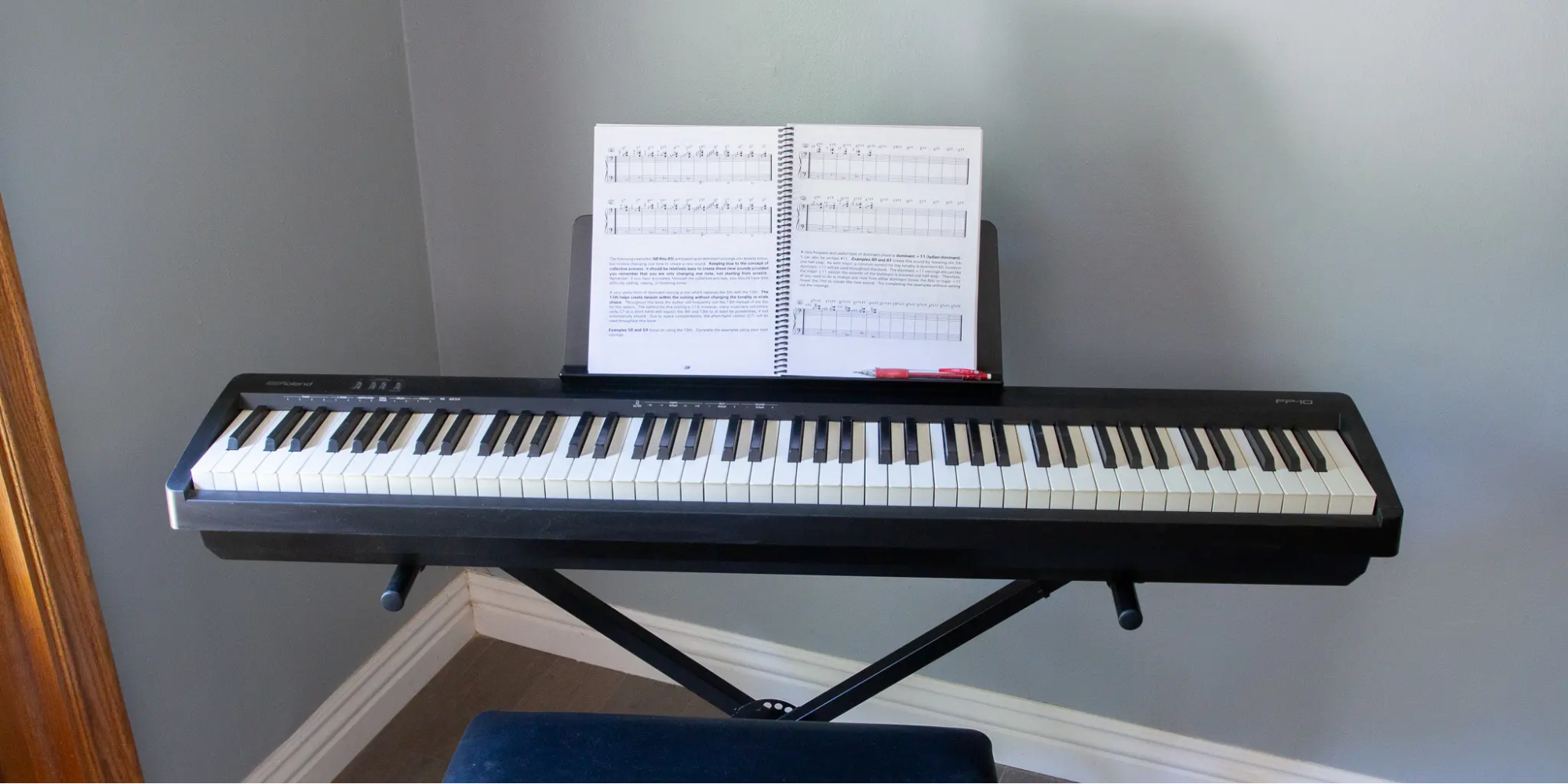
Learning piano has never been more interactive. Modern smart piano keyboards like the Smart Keyboard give beginners multiple ways to practice, from lighted keys that guide your fingers, to screen-guided apps showing sheet music or lessons. But which method actually helps you learn faster?
In this article, we break down the pros, cons, and ideal users for each approach, so you can make an informed choice. Whether you’re a complete beginner or a self-taught player looking to level up, understanding these tools is crucial for efficient practice.
Lighted keys keyboards highlight the exact key you need to press, usually in sequence, making it visually clear where to place your fingers.
Benefits:
Ideal for:
A popular option is the Smart Keyboard, which uses lighted keys in combination with companion apps for structured learning.
Screen-guided learning relies on interactive screens, tablets, or software that display sheet music, note sequences, or lessons. Many smart keyboards sync with apps for real-time feedback.
Advantages:
Ideal for:
|
Feature |
Lighted Keys |
Screen-Guided Learning |
|
Visual Cue |
Immediate key highlights |
Notes and sheet music display |
|
Learning Curve |
Easier for absolute beginners |
Slightly steeper for non-readers |
|
Feedback Type |
Finger placement & timing |
Comprehensive: rhythm, tempo, mistakes |
|
Portability |
Usually built-in, self-contained |
Depends on device/app connection |
|
Engagement |
High for short practice |
High for structured sessions or gamified apps |
Both methods accelerate learning, but the choice depends on your age, learning style, and goals.

The Smart Keyboard combines both methods, offering an ideal bridge between finger-guided learning and app-based lessons.

The fastest learning often comes from using both together:
This combination prevents frustration, accelerates learning, and keeps practice sessions enjoyable.

Learning with lighted keys emphasizes visual-motor coordination, helping beginners associate finger movements directly with notes.
In contrast, screen-guided learning strengthens reading skills and pattern recognition, as players must interpret sheet music or digital prompts.
Combining both methods can improve memory retention, finger independence, and timing accuracy, especially when using apps that track progress.
Everyone learns differently:
Choosing a keyboard like Smart Keyboard that supports multiple learning modes accommodates all styles.
A compact keyboard with built-in lights and app compatibility offers the best balance for home, travel, or classroom use.
Gamification can accelerate learning:
Many smart pianos integrate both types of gamified learning, keeping students motivated and consistent.
They are keyboards where keys illuminate to indicate which note to play next, making it easier for beginners to follow along.
Yes, they help beginners associate finger placement with notes, but pairing with screen-guided lessons is recommended for reading standard notation.
Often yes, because adults can interpret on-screen instructions and integrate rhythm, tempo, and music theory faster than purely light-guided methods.
Absolutely. Start with lighted keys for muscle memory and gradually add screen-guided lessons for rhythm and theory.
Yes, many smart pianos, including Smart Keyboard, integrate with apps that gamify learning.
Both lighted keys and screen-guided learning have unique benefits. Beginners may start with illuminated keys for quick finger guidance, while intermediate learners gain more from interactive screens. Combining the two often results in the fastest, most enjoyable learning path.
Explore options like the Smart Keyboard to experience the best of both worlds in portable, app-compatible smart piano keyboards.
Read more

Weighted vs Semi‑Weighted vs Synth Action (Explained Simply)
When shopping for a smart piano keyboard, the type of key action makes a huge difference in feel, playability, and technique. But what’s the difference between weighted vs semi-weighted vs synth ac...

Bluetooth vs USB for Keyboards: Latency, Power & Setup
Choosing the right connection for your smart piano keyboard can make a huge difference in your playing experience. Whether you’re a beginner learning at home or an advanced player recording music, ...